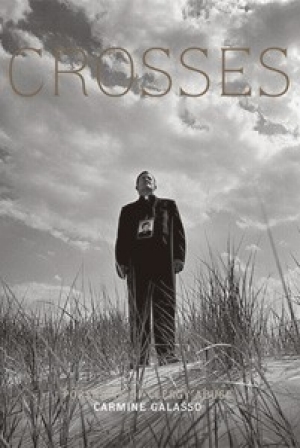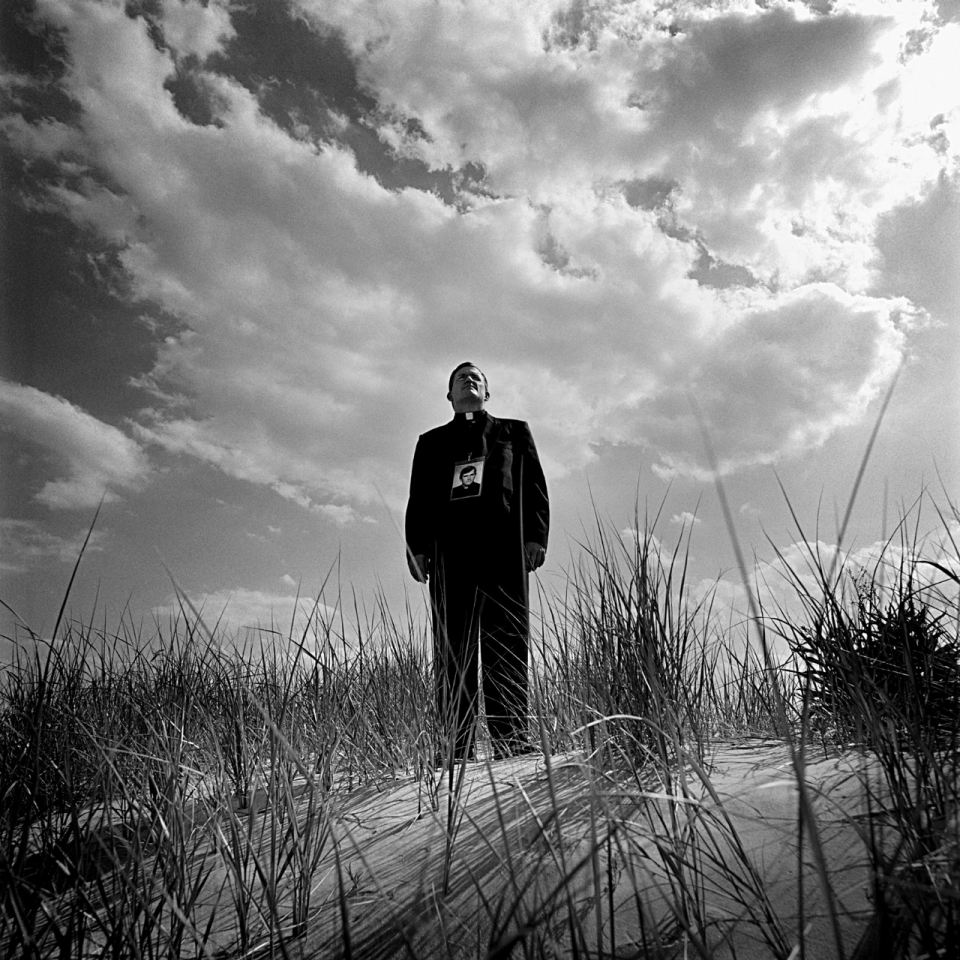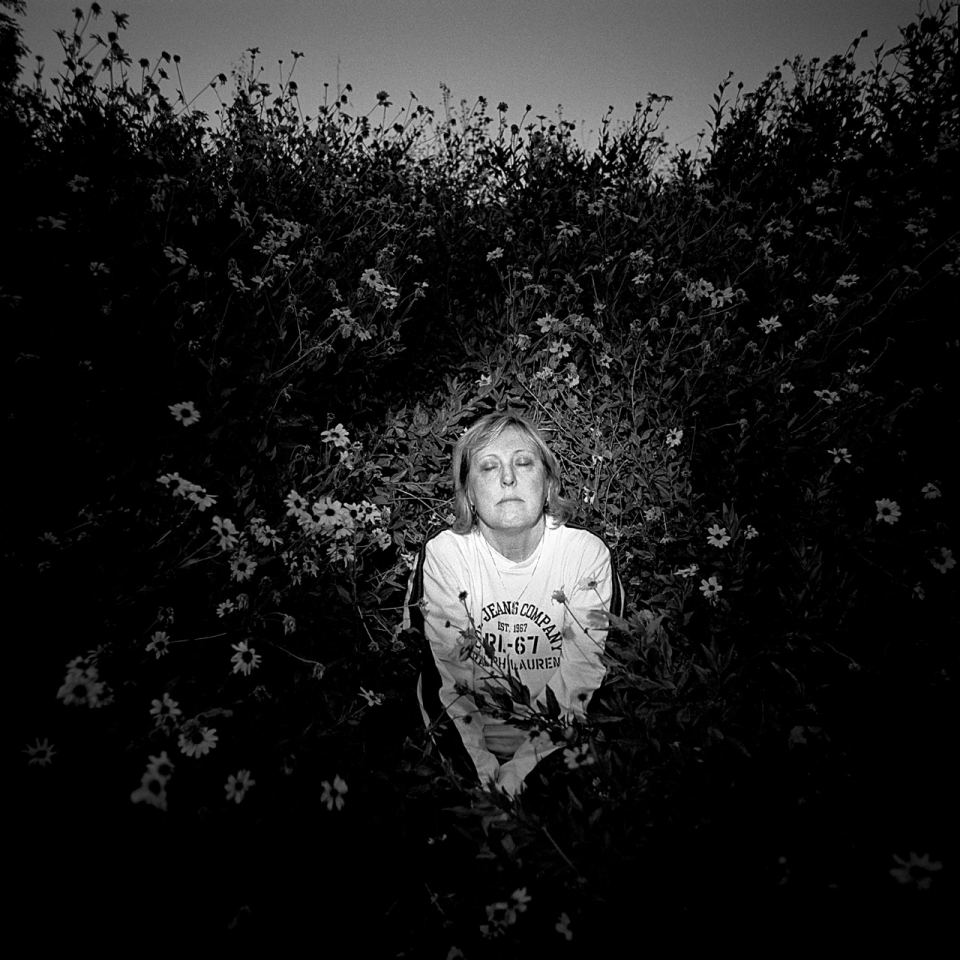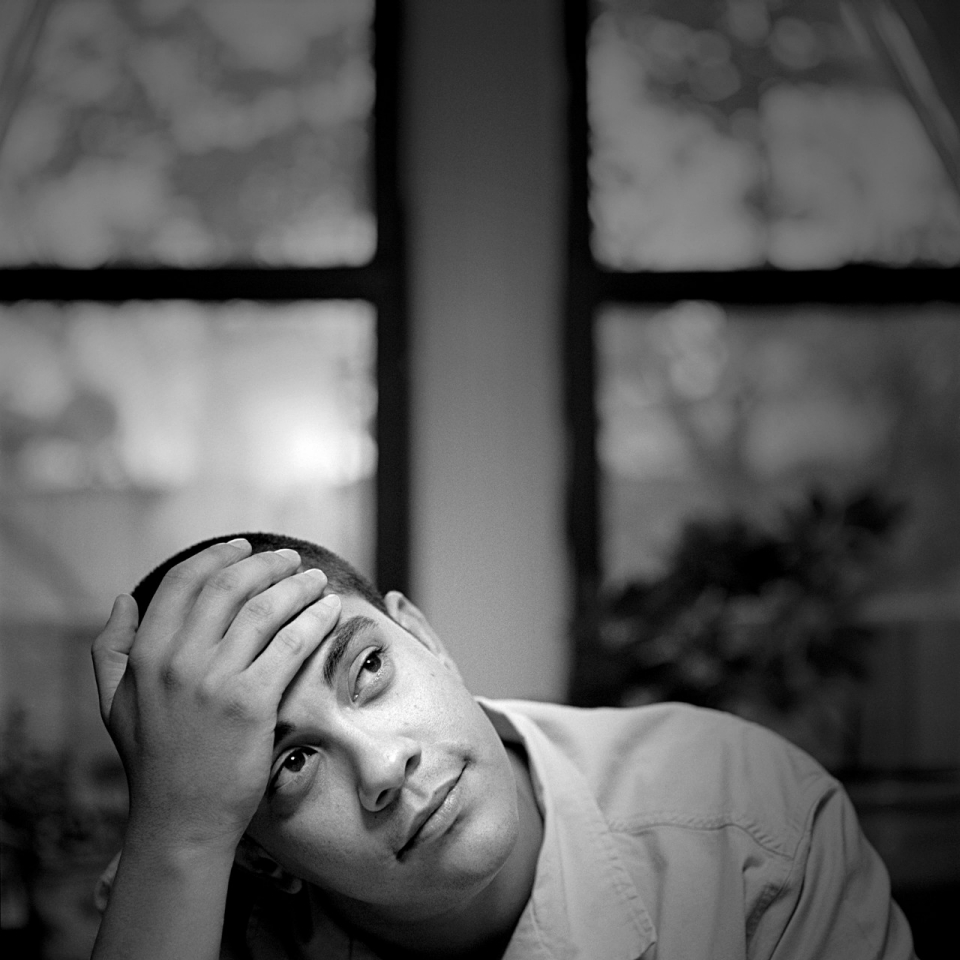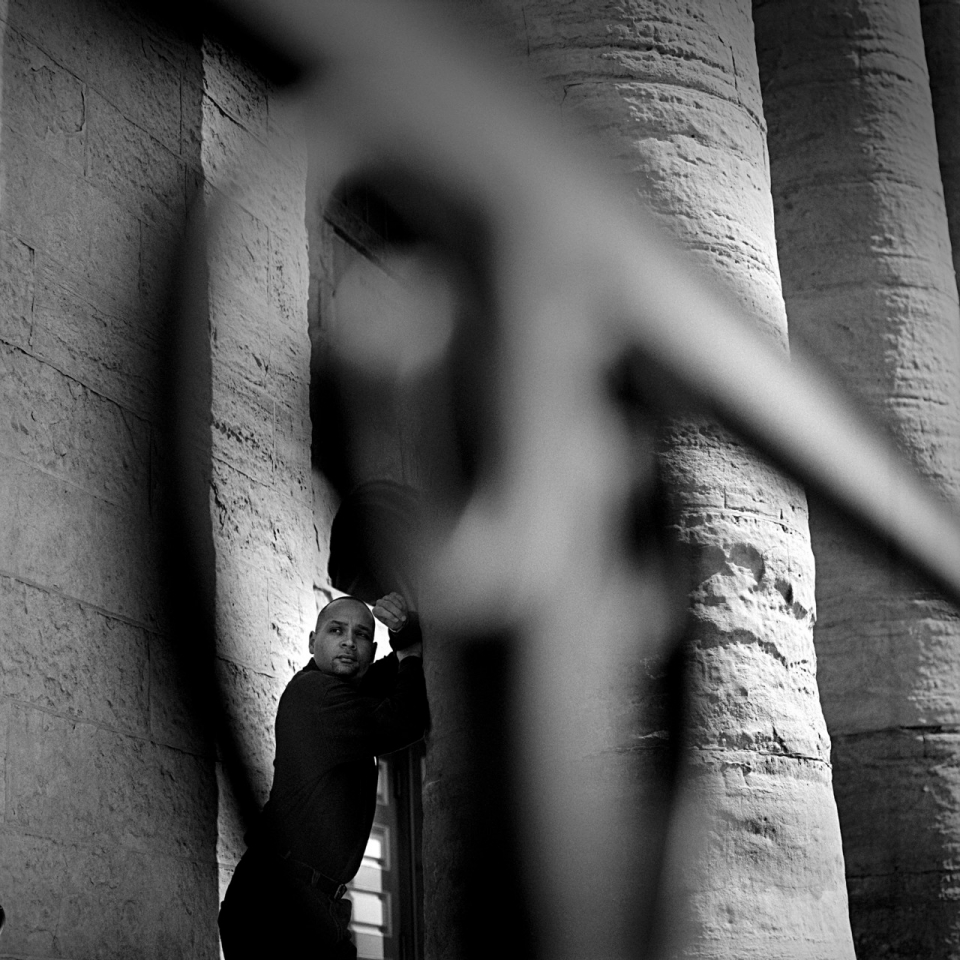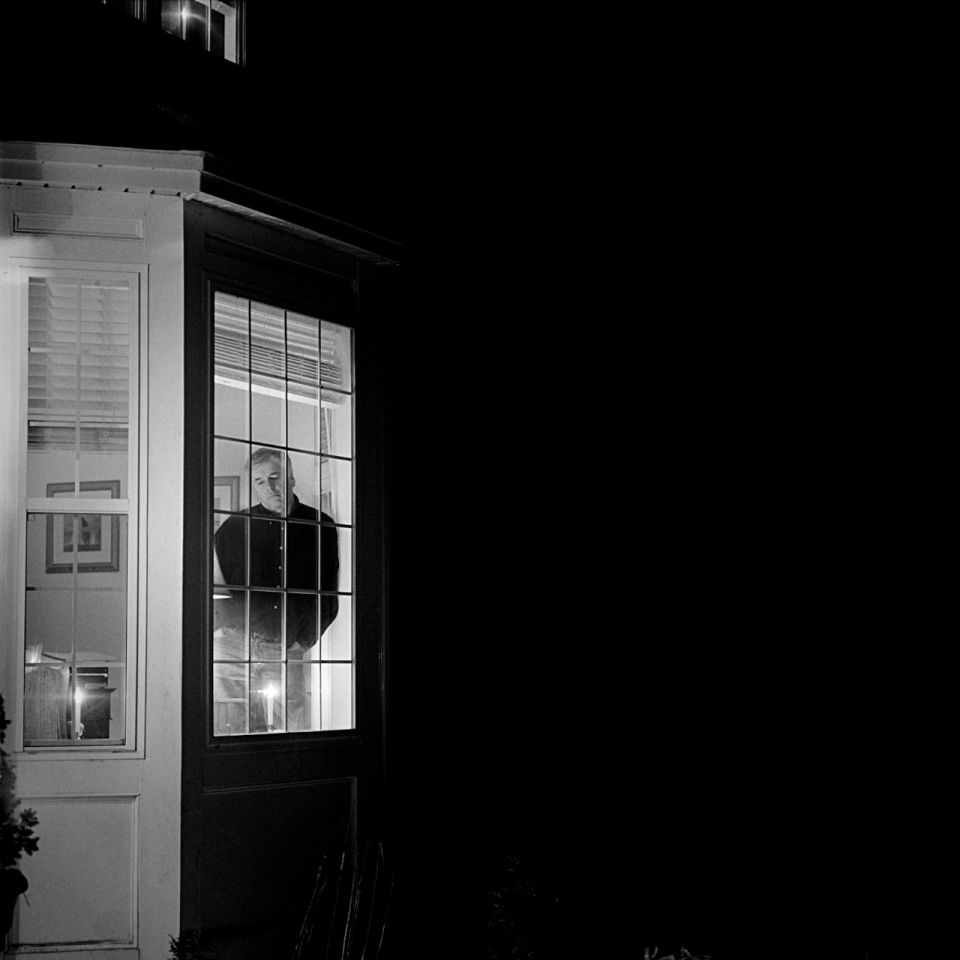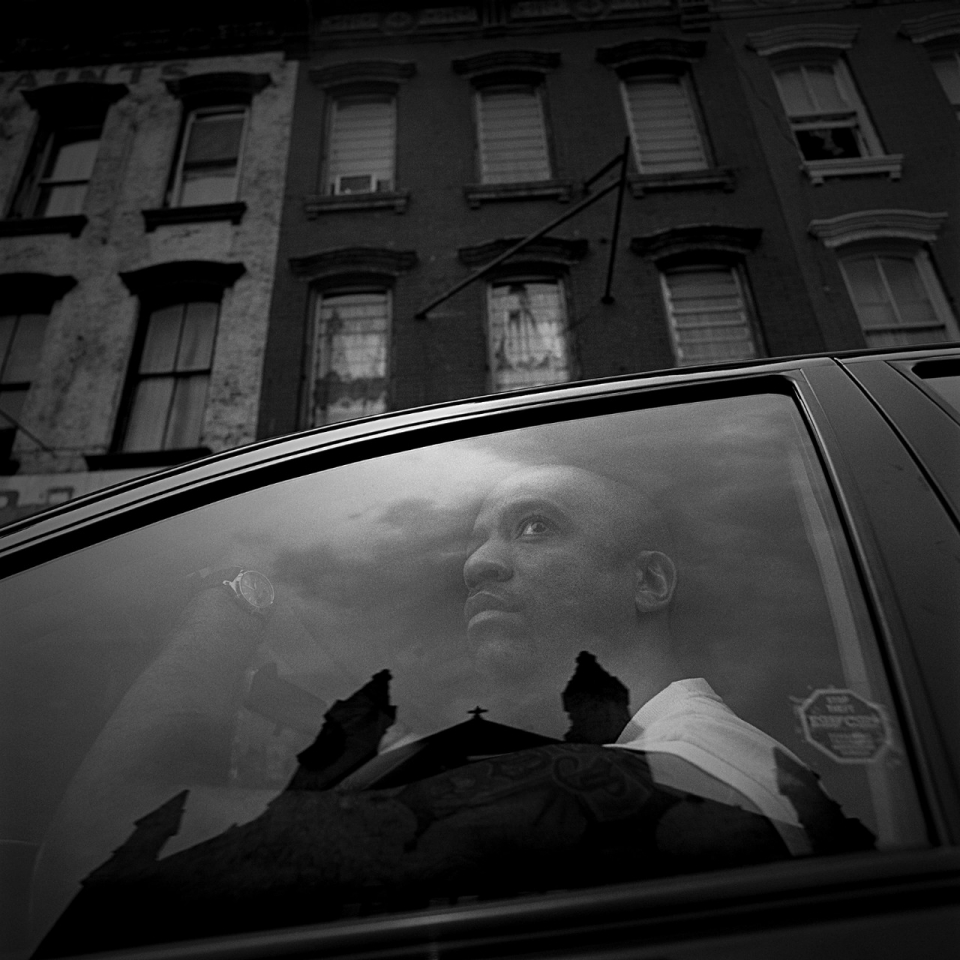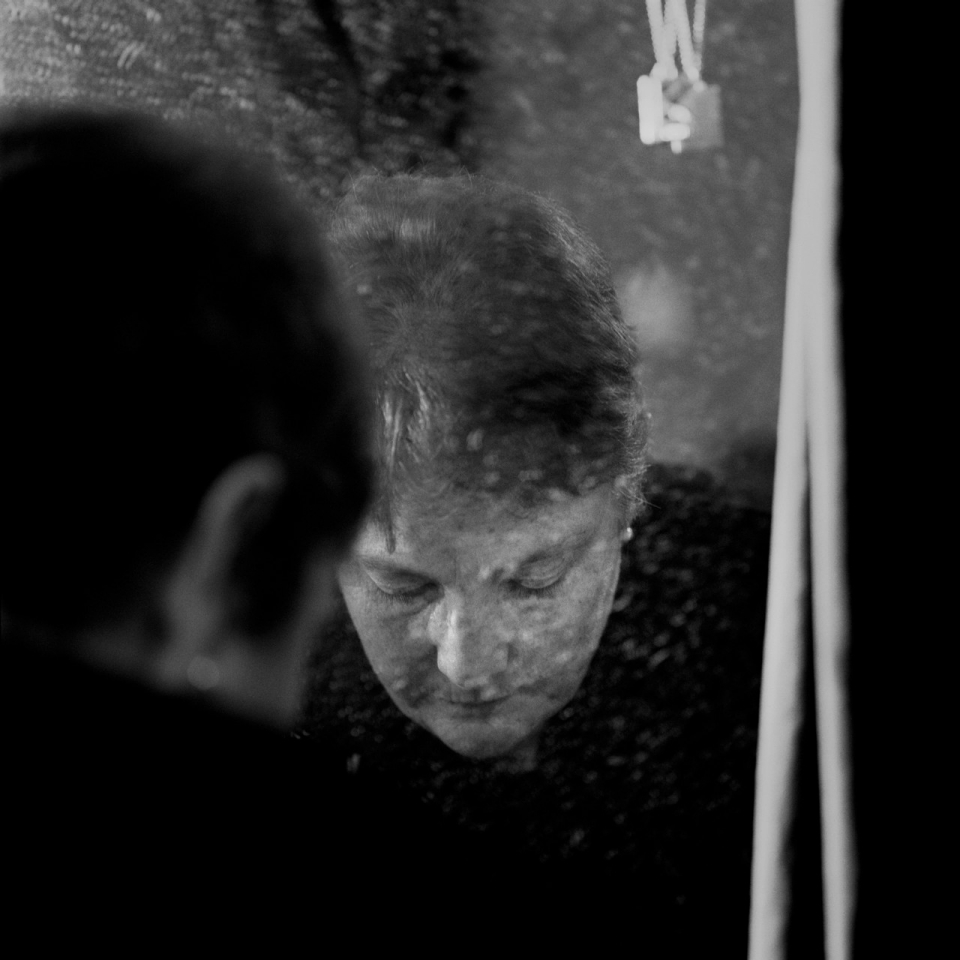Carmine Galasso’s ‘crosses’: Childhoods Robbed by the Church
Daily Beast
In order to give voice to the survivors whose childhoods were wrecked by priests, monks or nuns in power, Carmine Galasso decided to photograph victims of clerical sex abuse and compile their stories in his 2007 book Crosses. Their tales reveal terrible, systemic molestation, violence, and rape by men and women revered as one step below God, who sniffed out the most vulnerable children to target. Almost all of the survivors have had to undergo years of therapy, and speak of crippling feelings of shame, guilt and worthlessness. In contrast to the carnivalesque atmosphere at the Vatican these days, their images and words stand as quiet, damning testimony about a church that desperately needs to change its ways. Robert Hoatson
As a student at a Catholic high school in New Jersey, Robert Hoatson was singled out by two different brothers who “told me that I was ‘a very cold person’ and that I needed to be ‘warmed up’,” he told Galasso. “I didn’t realize at the time [they were] talking about sexual abuse.” When Hoatson confided in a superior, he says, that man told him that he was being groomed for abuse—then ended up assaulting the teen himself. “For some reason pedophiles have a nose for vulnerable people,” Hoatson said, “and then try and size the kids up and then they make the kill.” Even as he pursued a career in the clergy, Hoatson spiraled into severe depression, anxiety, and panic. Finally, in 2003, he testified about abuse in the church before the New York State Legislature—and, he says, was promptly fired. Since then, he’s founded an organization to help other survivors of clergy sex abuse. When a child is attacked by a religious leader, he told Galasso, “it is as if God abused the person ... it essentially takes all hope away.” “They believe they have been abandoned by God, too.” Sandra Graves
The victims in Sandra Graves’s Catholic elementary school “all seemed to have a specific vulnerability,” she told Galasso. “Either a parent was dead, or a parent was an alcoholic, or emotionally not there, but there was always some sort of vulnerability that they were more likely to be drawn in and need that attention.” Graves, whose own father died before she was born, told Galasso that she was only 4 years old when a priest started grooming her for molestation. “When you’re raised in the Catholic Church, you’re raised to believe that a priest is truly just one step below God,” she said. “I lived with a lot of shame and a lot of anxiety.” Years later, Graves revealed the abuse to a therapist when she was trying to get pregnant and struggling with intense fears that “I couldn’t protect my children from being molested.” Now, she works as a therapist herself, helping neglected children and families rebuild their lives. Gregory Valvo
An altar boy in Brooklyn, Gregory Valvo grew up in a loving family and lived “a real dreamy life up until the age of 10 years old, when I was abused.” A priest in his local district liked to invite boys on sleepovers to a country house, Valvo said, where he plied the children with alcohol and forced them to play sexually charged games. “To this day, when I get in a panic mode, I still remember that was the first time I ever had that true feeling of fear,” Valvo told Galasso, recounting a weekend spent at the priest’s retreat. “Those feelings that were created that evening lasted me a lifetime.” After his grades started slipping and he began acting out, Valvo eventually revealed the abuse to his family. They reported it to the church, Valvo said, but the priest was just quietly transferred to another parish. As an adult, Valvo has been wracked with anxiety about how many other children may have been abused by the same priest over the years—and has devoted himself to working with SNAP to be “an instrument for someone’s healing.” “I’m proud that I can sit here and talk because, you know, a lot of victims of sexual abuse kill themselves, or kill themselves in many ways: suicide, drugs, whatever it might be,” he told Galasso. “A lot of people don’t make it to speak about this.” Michael Johnson The son of faithful Michigan Catholics—which included members of the clergy—Michael Johnson told Galasso that he was physically and sexually abused by a nun from the age of 10 at his Catholic boarding school. “I was embarrassed to talk about this to anyone,” he said. When the nun dared to slap him in front of his mother, Johnson says, his parents confronted the school's administration. But the next year, the nun's attacks escalated—and, after trying to run away, Johnson was expelled from the academy. “I developed a way of not feeling. I just don’t feel anything. And alcohol and drugs really helped me with that,” Johnson told Galasso. “Today, being sober 16 years, I can still turn on and off that switch of not feeling ... It’s devastated my life in so many ways with relationships; I don’t trust people to this day.” “I can’t hardly believe that another human being would do that to a little kid.” Lynn Woolfolk
Adopted into a devoutly Catholic family in Missouri, Lynn Woolfolk knew his parents “believed the priest was above anything next to God…when he would come to pick me up, there were no questions asked.” Woolfolk told Galasso that the priest started by fondling him as a young boy, which escalated to rape by the time he was 12. “As a child, and still to this day, I have a problem trusting people. I never allow anybody to get too close to me for fear that they will violate my trust,” Woolfolk said. “I always felt that I wasn’t worth anything.” Later, when the priest was eventually put on trial for abuse, Woolfolk testified against him—and his tormentor was found guilty, despite a concerted defense by the church. “In the archdiocese, unfortunately, what I’ve learned is, they don’t listen to people—regular, everyday people like me,” Woolfolk said. “They listen to lawsuits and attorneys.” Still, Woolfolk has struggled with decades of fallout from the abuse—for years, he told Galasso, he would “look in the mirror and not see anything or just feel like it was a disgrace, or, you know, [that it] was my fault. But [I’ve] come to the realization at 44 that I am somebody [and can] love myself, that I am worthy … It’s almost scary to try to feel good about myself because it’s still that guilt that I did something wrong. But my therapist keeps telling me, ‘You didn’t do anything wrong.’” “And I’m getting there. I’m trying to.” Bill Gately
Thirty years after Bill Gately was abused as a teen by a priest who would regularly come through town and stay with his family, his father asked him, ‘Why didn’t you tell me?’ “I said, ‘because you never would have believed me,’” Gately recounted to Galasso “And he said, ‘You’re right.’” “My parents were very enthusiastic about him … because all my life, they wanted me to be a priest,” Gately said. The abuse left him tortured by shame and guilt. “At the age of 17 I wondered what it would be like to be dead, if being dead would be better.” Eventually, Gately tracked down his abuser—by then, married with a family of his own—and says the man admitted to him that he’d molested other children abroad. “The damage that had been done to my soul and my psyche is permanent,” Gately told Galasso of the confrontation, “but it would no longer be controlled by the thought of him.” Johnny Vega
A New Jersey native, Johnny Vega told Galasso that he was an altar boy when he was first raped by a priest and later by a deacon. His family, he said, “had no idea what was being done to me … I didn’t want to say anything because I was too scared.” His life became a morass of anger and self-destruction: suicide attempts, gang activity. Finally, when the Boston scandal broke in 2000, Vega began to confront his past and question whether his friends and fellow altar boys had also suffered in silence. “Sexual abuse, especially by a priest, I don’t think there’s any worse sin in the world bigger than that,” Vega said. “The first time I was able to drive to the church was one of the scariest moments because of what happened to me—the horror in there.” Patricia Anne Cahill
The child of a broken home filled with alcoholism and abuse, Patricia Anne Cahill told Galasso that a priest began to molest her as a very young child. “I was told it was my fault,” she said. “I left my body that day. I’ve been trying to get back into my body ever since. I learned how to dissociate. I learned how to abandon myself, and I learned how to please another person all at the expense of myself.” Despite “many attempts to get help” and warning signs such as a sudden change in her ability to speak and unexplained medical problems, Cahill says, the abuse continued. Later, she was abused by a nun; after she told her family about the attacks, she says, they ostracized her. “I want my life back. I want my childhood returned. I want my innocence back. I want to learn what it’s like to feel alive. I’ve been dead for a long time,” she told Galasso. “What do I see when I look inside of myself? I see someone who has lost so much, someone who is so incredibly broken and wounded.”
|
.
Any original material on these pages is copyright © BishopAccountability.org 2004. Reproduce freely with attribution.
